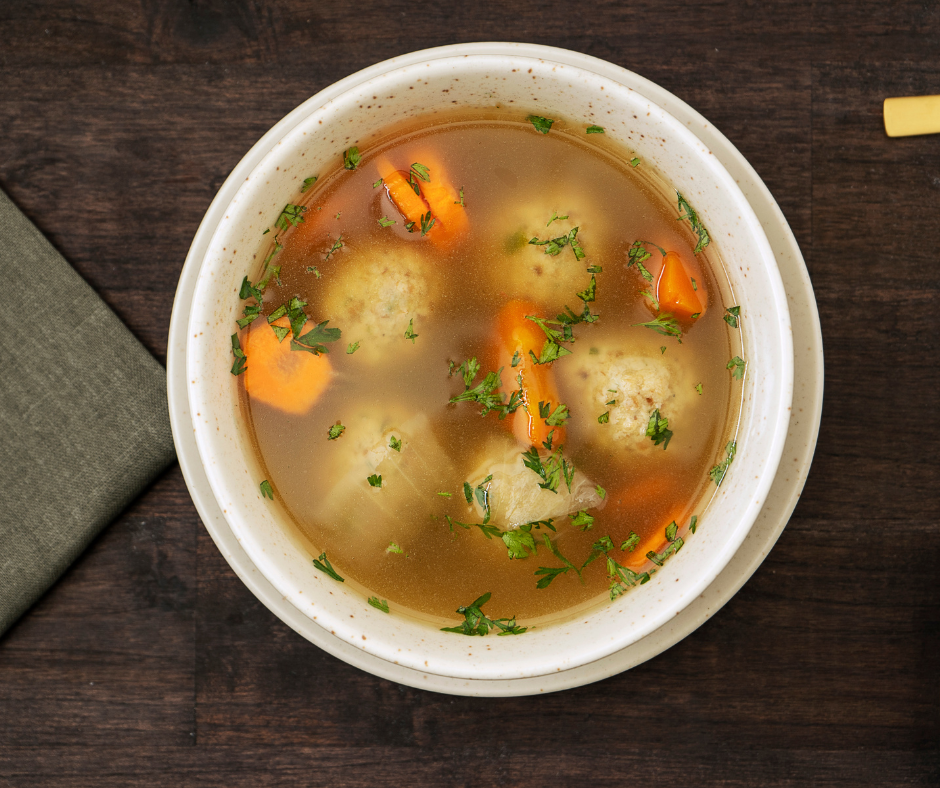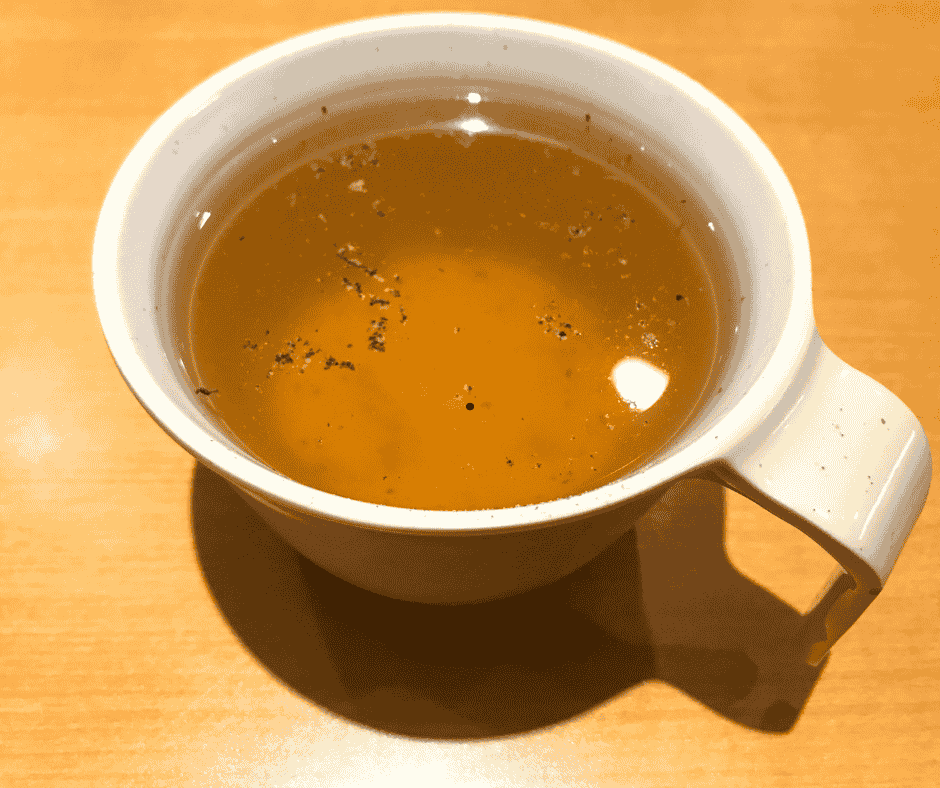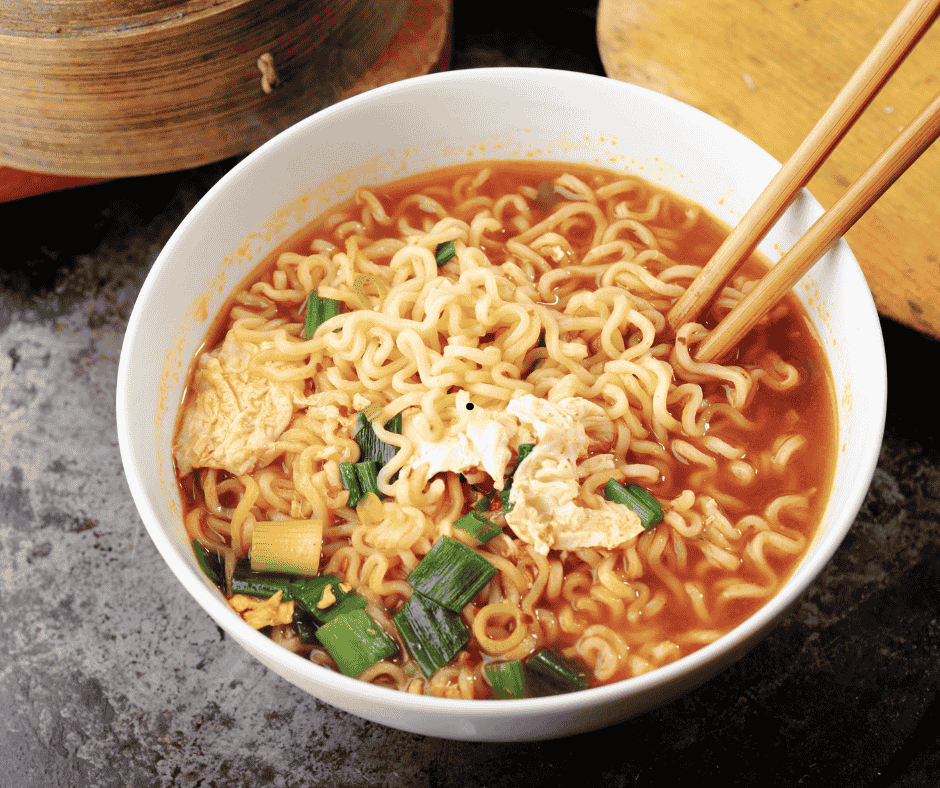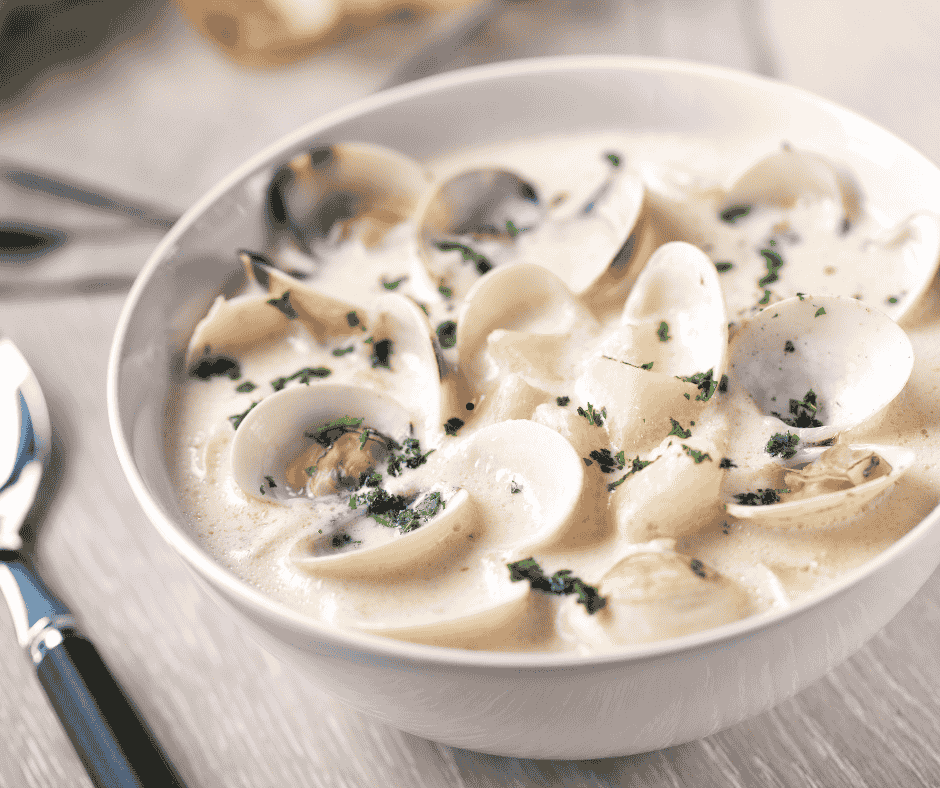Soup is undoubtedly one of the most straightforward foods for people to cook. It is a blend of ingredients such as meat, vegetables, and water. Soup has changed over countless years, molding cuisines and cultures worldwide. From chicken broth served when you are feeling under the weather to cream-infused bisque served at high-class restaurants, soup is enjoyed by every culture in every season and on every occasion.
The thing that sets soup apart is the very fact that it can be light and brothy or rich and hearty depending on how it is desired. This perfectly integrates with different cuisines, health, and personal preferences. Behind the adaptability, soup tells a story of art, history, and science while offering warmth.
This article digs deeper into the soup, analyzes its origins, its boundaries, and how it is revered in different cultures while combining unique cooking tips that yield unrivaled results.
A Liquid Legacy: The Origins and Evolution of Soup
The roots of soup can be traced back to when humans started boiling ingredients as a cooking method, it made removing tough parts softer and easier to digest. Archaeological discoveries reveal that some form of soup was made by ancient civilizations ranging from the Mesopotamians to the Egyptians, using clay pots over an open fire.
During the Roman Empire, French cuisines were known to have extravagant flavored soups that used spices, herbs, and other exotic ingredients. Medieval Europe had thick, grain-based, vegetable soups known as pottage nourishing for peasants. While in China, graceful medicinal Chinese broth was revered for its nutritional characteristics.
Ramen from Japan, consomme from France, and pozole from Mexico are affectionately revered soups in the respective countries, which now have a reputation for being staple foods. Along with having that title, soup has become a part of countries all over the globe.
Clear or Thick? The Two Pillars of Soup Classification
Clear Soups
Refined clear soup contains minimal saturated solids or cloudy constituents, making it look pristine and sophisticated. Clear soup is made by gently simmering meat, bones, and vegetables for some time to extract flavors without clouding the broth.

Among the most recognized varieties of clear soup are:
• Bouillon: Simple broth made from boiling meat, bones, and aromatic vegetables that gives out gentle flavors with high nutritional content.
• Consommé: This looks like bouillon but on a higher note. It is further refined for the purpose of obtaining a complex deep taste with a receded crystal clarity.
• Miso Soup: Well-known for its oblique broth prepared with tofu, seaweed, and fermented soybean paste “Miso” fused with Dashi broth.
The Hearty Comfort of Thick Soups

These soups have their own classifications:
- Gives a topping to the vague taste of the water in clear soups.
• Purées: Pumpkin, carrots, and potatoes yield a smooth body and thick consistency, making them perfect starchy veggies for working super-blended soups.
• Veloutés: Butter, egg, and flour give a silky and smooth texture instead of solidifying it, resulting in a super French soup, the classic bisque.
Crafting the Perfect Broth: The Secret to a Great Soup
Broths and Stock made from bones: The perfect base of any soup is really broth or stock. But the essence lies in the preparation. There is a small difference between them.
• Stock is prepared by simmering bones, chicken, fish, or beef for long hours. This extracts gelatin and nutrients, which provide a rich and hearty base.
• Broth, on the other hand, is prepared with meat and vegetables, which makes it a lighter yet flavorful liquid.
Essential Techniques for a Flavorful Broth
To provide a more complex texture and feel to Broth, these outlined techniques are a must-follow. Keep in mind that preparation of the Broth requires a lot of patience with the right combination of ingredients.
- Ingredients Selection: Instead of purchasing pre-packed bones, make sure these come fresh along with spices and herbs. This will add extra flavor to the broth.
- Cooking Temperature: Deep-flavored broths take at least 6–8 hours to simmer.
- Foam Removal: It’s important to keep the broth clear and refined by removing fat and foam during cooking.
- Adding Acids: By adding a hint of acids like lemon juice or vinegar, will extract many minerals from the bones while also bringing out the flavor.
Don’t get me started on the nutritional comparison of store-bought broth and homemade broth. Homemade broth is a nutritional powerhouse because it is packed with collagen, amino acids, and minerals.
Professional Chef’s Advice on How to Create the Ideal Soup
There is a common misconception among home cooks that differentiating an acceptable soup from a remarkable one is easy. Expert chefs understand that the core soup preparation is what matters the most.
- Developing A Strong Foundation
• Always begin with a well-made stock (homemade beats store-bought).
• For a deeper flavor, roast bones and vegetables before simmering them. - Layering Flavors
• The taste is further improved after sautéing aromatics (onions, garlic, celery, and carrots) before adding the liquids.
• Wine or vinegar is complex enough to deglaze the pan. - Adjusting to Accuracy of Texture
• For cream soups, simmering should be done on low to medium heat to prevent curdling.
• Freshness can be achieved by undercooking, which calls for not overcooking vegetables. - Timing Is Everything
• Salt should be layered, meaning it shouldn’t be added all at once.
• For recipes that can tolerate some bitter taste degradation towards the end, using vinegar or lemon juice can brighten the whole dish and experience. - Undisclosed Ingredients: Time
• The best flavors come from simmering low and slow.
• Putting soup in the refrigerator overnight deepens the flavor.
Personal Insight: Lesson learned, when making French onion soup, there is no rushing the caramelization. This step alone requires 45 minutes, which can feel incredibly slow; however, those extra minutes go a long way.
The Cultural Significance of Soup across the Globe
French Elegance: The Art of Velouté and Bisque

Soup is treated as a work of art in France. A bowl of fine restaurant consommé (soup) or a potage served at home, French soups speak of their rigid discipline.
Asian Broths: A Symphony of Umami

In the culinary arts of Japan, China, and Thailand, the preparation of soups involves elevating sweet, sour, savory, bitter, and umami tastes into one perfect masterpiece. Some of these masterpieces include:
• Ramen: Soak wheat noodles in a rich Japanese broth soup, to which eggs and meat are often added as toppings.
• Tom Yum: This spicy Thai soup combines the zest of lemongrass, the sweetness of shrimp, and the tangy flavor of lime leaves intricately cooked together in a soup filled with savory goodness.
• Hot and Sour Soup: A savory Chinese soup made with broth, tofu, mushrooms, and spices.
American Comfort: Clam Chowder and Gumbo

Each region in America has a different and unique version of the soup that highlights the culture of its people. The New England Clam Chowder with seafood and potatoes is rich and creamy, while the Louisiana gumbo, a rich stew with okra, sausage, and Creole seasonings, is a staple in the southern part of the US.
Health Benefits of Soup: More Than Just Comfort Food
Weight Management and Digestion
Broth soup is low-calorie but can keep you full, making it perfect for those managing their weight.
Immune System Boost
Preventive ingredients such as garlic, turmeric, and bone broth are essential in fighting sickness and strengthening the immune system.
Health of the Joints and Guts
The nutrients found in gelatinous bone broth have been shown to bolster digestion, gut health, and even greatly enhance joint functions.
Absorption of Proteins and Nutrients
Soups made from beans, lentils, and lean meats provide adequate proportions of protein, fiber, and essential vitamins, thus facilitating the recuperation of muscles and overall health.
Supports Immunity
One way bone broths support immunity is by providing collagen and amino acids.
Soup Making Techniques: Tips for The Homemaker
• Layering of Flavors: Include basic flavor-adding ingredients like onions, garlic, and celery first, then gradually increase the complexity.
• Add Fresh Herbs Towards The End: Putting in parsley, basil, or thyme at the final stages really lifts the dish.
• Adjust the Thickness: For a thicker soup, blend some of it and mix it back in.
• Do Not Add Too Much Seasoning Too Early: Ingredients should be tasted in their original form before adding spices or salt.
Innovations in Soup: Modern Trends and Fusion Ideas
Every modern chef has their own take on a meal, and soup is no different:
• Smoke-Infused Soups: Giving a smoked taste to vegetables using charred vegetables or smoked spices.
• Plant-Based Broth: Bone broth alternatives prepared with mushrooms and seaweed.
• Cultural Blending: French onion soup inspired by ramen, or Asian-seasoned pozole.
These examples show endless creativity incorporated into a classic dish – soup.
Soups Around the World: A Global Culinary Tour
Each region of the world has its own specialty when it comes to soup. This is also due to the cultural influences, preparation methods, and tastes of the soup itself. Let’s take a look at the different soups from around the globe and their respective regions.
Europe: Where Tradition Meets Elegance
• Borscht (Eastern Europe): Its deep red color and tangy sweet taste make this beet soup a summertime favorite. Served with a dollop of sour cream, borscht is a must-try.
• Minestrone (Italy): Considered one of Italian cuisine’s simplest meals, this thick soup combines vegetables such as beans, pasta, and rice.
• French Onion Soup (France): Onions are fried in a mix of melted cheese, clumped crusty bread, and beef broth for an earthy taste.
Africa: Bold Spices and Rich Flavors
• Egusi Soup (West Africa): A delicate blend of ground watermelon seeds, vegetables, and protein often paired with fufu.
• Harira (North Africa, Morocco): A lifting meal of tomato-based soup for Ramadan. The soup includes a unique combination of chickpeas, lentils, and tomatoes.
Middle East: Deeply Rooted Traditions
• Lentil Soup: This is a very popular dish throughout the Middle East; it is easy to make with just garlic, seasoning, cumin, lentils, and added veggie broth.
• Shorbat Adas (Arab Cuisine): Known for its thick and smooth texture, Shorbat Adas is served in many Arab countries like Lebanon, Syria, and Iraq.
Latin America: Comfort and Spice
• Sancocho (Caribbean and South America): This dish consists of meat and root vegetables that are simmered slowly. It’s regarded as a national delicacy for several nations such as Colombia and the Dominican Republic.
• Caldo de Res: The meal has various adaptations, yet it remains a highly regarded beef stew, served with corn, potatoes, vegetables, and rice alongside lime.
Soup as a Cultural Symbol: More Than Just Food
Like any other world cuisine, soup, as a vivacious food, serves deeper purposes beyond just being a highly nutritious dish across cultures – like art and a symbol for many societies:
Healing and Comfort
• Chicken Soup as Medicine: Globally recognized cold and sore throat tonic that makes use of a tender chicken broth for unrivaled relief in a range of countries.
• Traditional Chinese Medicine (TCM): With ginseng, goji berries, and mushrooms, herbal soups serve to restore balance to imbalances the body may have.
Hospitality and Sharing
• The world of soup follows a distinct saying: a single bowl brings comfort and warmth, especially for remote communities who see it as a cry for hospitality in their culture.
• Soup serves as a form of offering, and when presented from one person to a group, it is considered polite across cultures.
Superstitions and Rituals
• Miso soup is known for many of its distinctive unique traits; however, in Japanese households, it’s a household staple exercised for good luck and benevolent health.
• Matzo Ball soup is a famous treat consumed by Jews during Passover as a reminder that life continues.
For centuries, soup has been a staple in the kitchens of cultures around the world, from nascent civilizations to modern society. It has adapted to broths, stews, and flavors across the globe. Even as food fads come and go, old recipes stand the test of time alongside new spins on the concoction. Whether prepared at home or served at a cafe & restaurant, soup remains one of the most versatile—and from the center of a fusion culture, one of the most ancient—foods among all nationalities
